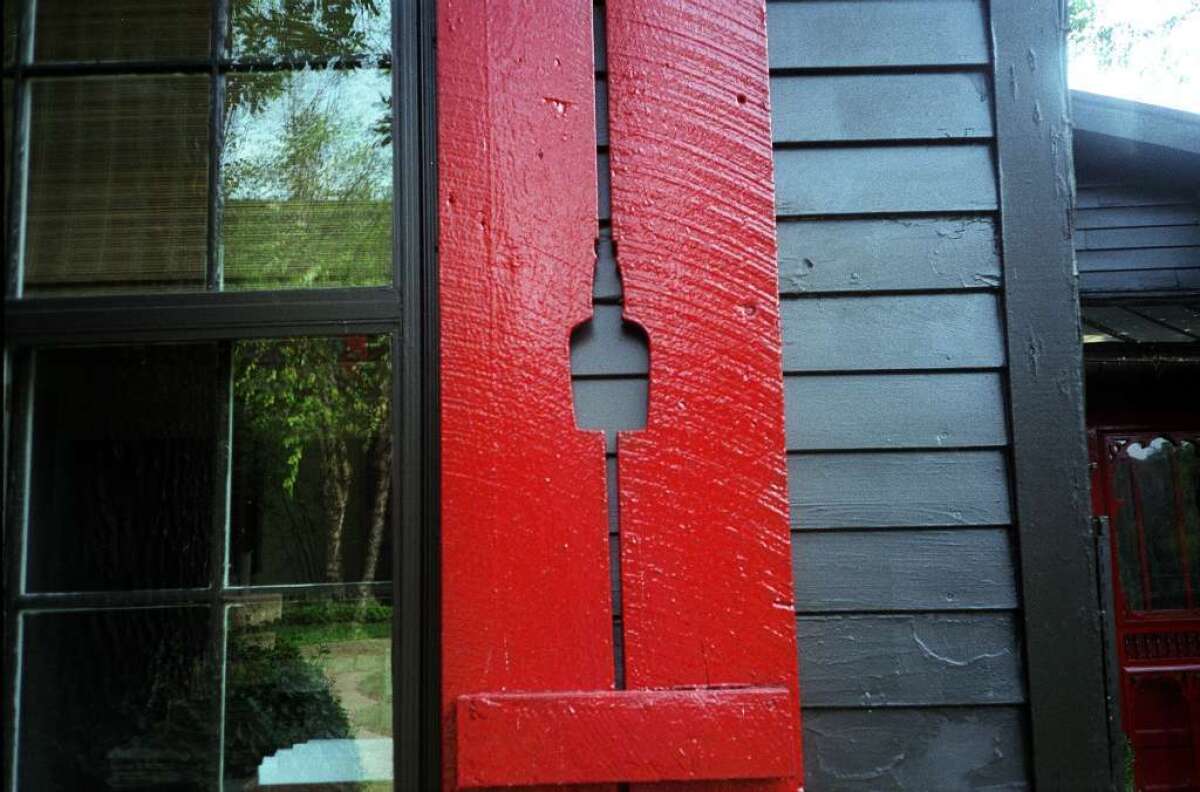Maker’s Mark backtracks on diluting bourbon -- so, now what?

- Share via
Met with outrage from bourbon drinkers, the producer of Maker’s Mark backtracked from the decision to reduce the amount of alcohol in its whiskey.
Imbibers are ecstatic, but economists and strategists are fixated on the company’s supply problem and wondering, what now? Will this really turn out to be a win for consumers?
Maker’s Mark’s chief operating officer, Rob Samuels, announced Sunday that the company is restoring the alcohol volume of its bourbon to its historic level of 45%, or 90 proof. Last week, the company said it was reducing the amount to 84 proof because supply couldn’t meet demand. Sales of Maker’s Mark rose 14% in 2011 and 15% in 2012, part of a broader bourbon trend.
“We’re humbled by your overwhelming response and passion for Maker’s Mark,” Samuels said in a letter posted to the company’s website. “While we thought we were doing what’s right, this is your brand -- and you told us in large numbers to change our decision.”
The change in alcohol volume called for the recipe and process to remain the same except for more water to be added after the whiskey comes out of the barrel for bottling. (Almost all whiskeys are diluted.)
Tim Worstall, a fellow at the Adam Smith Institute in London, wrote in Forbes that Maker’s Mark ought to “product differentiate so as to price discriminate.” He quoted the VoluntaryXchange blog: “It’s clear what they should have done: created a new brand name with less alcohol. You know: old Maker’s Mark at 90 proof with red wax on the bottle, and new Maker’s Mark at 84 proof with blue wax on the bottle. Then raise the price of the premium product, market the new product at a discounted price ... and clean up with price discrimination.”
But now that consumers have gotten what they asked for, they might also be getting what Maker’s Mark seemed to be avoiding in the first place: a price hike.
“The underlying problem is still there,” wrote Neil Irwin in a Washington Post article titled “Bourbonomics 101.” “And now it’s decision time for Maker’s Mark and Beam Inc. Are they really going to allow there to be shortages of Maker’s at times, meaning that they would be essentially charging a below-market price? Are they going to hike prices and risk Maker’s status as a go-to mass market bourbon brand? Or are they going to find other, sneakier ways to get more supply of whiskey that is less blatant than diluting it, such as introducing even younger whiskey into the blend?”
ALSO:
TV Watch: “Worst Cooks in America”
Wildcraft Sourdough Pizza opening in Culver City
Food photography 101: Using utensils and tools as props
More to Read
Eat your way across L.A.
Get our weekly Tasting Notes newsletter for reviews, news and more.
You may occasionally receive promotional content from the Los Angeles Times.











